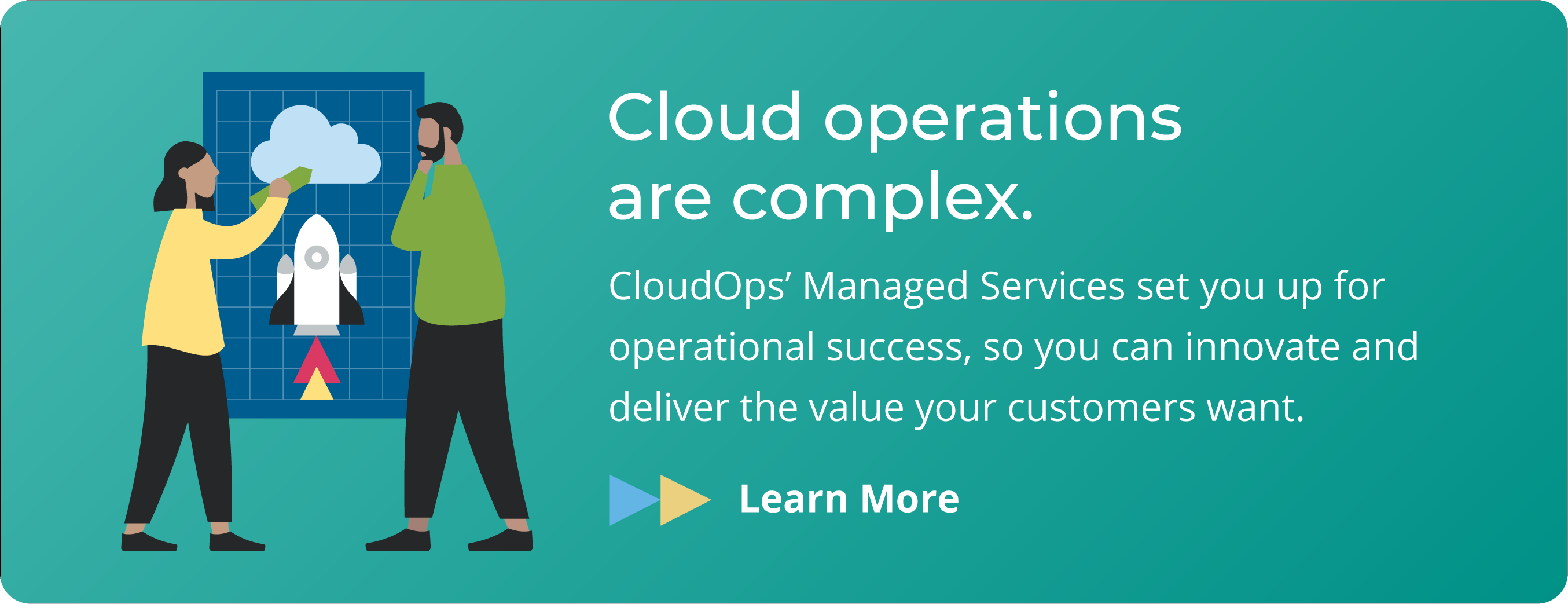Why Cloud Native: Cloud Agnostic Platforms and Automation Driving Business Value

As the benefits of the cloud become increasingly evident, more and more organizations are migrating their workloads. Yet taking full advantage of what the cloud has to offer can require altering your application to make it cloud native.
What is Cloud Native: ‘Cloud native’ describes any application that was built to live in the cloud and designed to optimize its potential. It applies to applications that have successfully leveraged the operational model of the cloud with containers and harness business value while remaining cloud agnostic.
Business Value
We believe that the term Cloud native is more an evaluation of the success of applications inhabiting the cloud than a description of a framework. Applications should be considered cloud native because of the business value they bring an organization through being auto-provisioning, auto-scaling, and auto-redundant. This business value of cloud native can be found in monolithic and service-oriented (SOA) architectures, but is predominantly achieved through microservice-based architectures.
Auto-provisioning
Auto-provisioning refers to predefined procedures for requesting services and setting up or configuring hardware and software. Auto-provisioning features provide meaningful signals for observing state and enforce policies for how services should act. They allow users to instantly request and change services by accessing single-client interfaces. In contrast, manual provisioning has required multiple steps, which was both error-prone and time-consuming. An application that has automated its provisioning has an easier monitoring services, allowing it to discover and fix vulnerabilities more quickly. Cloud native applications have strong mechanisms for automating the configuration and deployment of services. They shift responsibility for operations into the hands of developers so that operations can be baked into the fast-paced release cycle. Altogether this significantly increases the speed of deployment and ease of operations.
Auto-scaling
Cloud native applications automatically add or remove computing resources depending on actual usage. They scale elastically instead of uniformly and have efficient resource utilization. Auto-scaling is generally done horizontally, meaning the number of instances available are increased instead of the hardware power supporting it. Cloud native applications track their various components in order to release and pull resources as appropriate. They allow organizations to efficiently respond to demand fluctuations and variations.
Auto-redundancy
An application is only cloud native if it has automated features that respond to vulnerabilities and make it more resistant to failure. This is generally done through intent-oriented configuration, where the programmer states what should be accomplished and the services figure out how that can be done. Applications can self-heal after detecting failures and vulnerabilities. They will automatically move processing to fully functioning servers or data centers. They reduce attack surfaces by employing container-specific OSes and vulnerability management tools. They distribute risk by grouping containers according to relative sensitivity. Cloud native applications have built-in security and resiliency mechanisms that make it more resistant to failure and can protect organizations from the threat of data breaches.
Any application that auto-provisions, auto-scales and is auto-redundant successfully optimizes the operational model of the cloud and is cloud native.
This automation brings significant business value as it eases operations and makes applications more reliable and efficient. It allows infrastructures to increase the speed of deployment, scale according to demand, and be resilient to failure.
Cloud Agnostic: Avoiding the tribal tribulations
The warring clans of hyperscalers all introduced their own unique APIs in the cloud. AWS was early to the cloud and offers the most differentiated APIs with services like RedShift, Elastic Container Services, and many others. Microsoft Azure also started out with a focus on custom PaaS services but has recently embraced open standards and open source. Google had launched App Engine in the early days of the cloud but recently has focused on providing open-standard APIs and contributing to open source projects in order to extend the services they offer.
Early PaaS services, such as force.com, Google App Engine, Elastic BeanStalk, and Heroku, favoured the developer’s desire to focus on innovation over operations but relied on a difficult-to-forecast-cost model. While the risk of vendor lock-in did initially increase with this cloud-centric approach, it decreased as more providers brought similar services to market and responded to the growing demand for open standards.
As vendor lock-in became increasingly expensive and prescriptive, a computing paradigm focused on containers cropped up as a way to optimize the operational model of the cloud without getting locked into a given provider. TheCNCFcentered the definition of cloud native around itsecosystem of vendor-neutral, open source projectsthat encourage cloud agnosticism.
Cloud native requires open source software stacks that package applications into dynamically orchestrated containers that can be deployed on any cloud platform and optimize resource utilization.
Cloud native tools provide a rich set of automated APIs that can be deployed on any cloud platform. Their open standards mean that organizations can adopt PaaS services without locking themselves into a vendor. Cloud native platforms are cloud agnostic and allow applications to take full advantage of the cloud’s auto-provisioning, auto-scaling, and auto-redundant deliverables. They have optimized their cloud consumption and enable software developers to build great products faster.
As a member of the CNCF and as a Kubernetes Certified Service Provider and Training Partner, CloudOps is in a unique position to help you better understand how to adopt cloud native practices and technologies. Sign up for a workshop to learn more about DevOps practices and toolings or contact us for help assessing and optimizing your technology stack as part of aDevOps Transformation.

